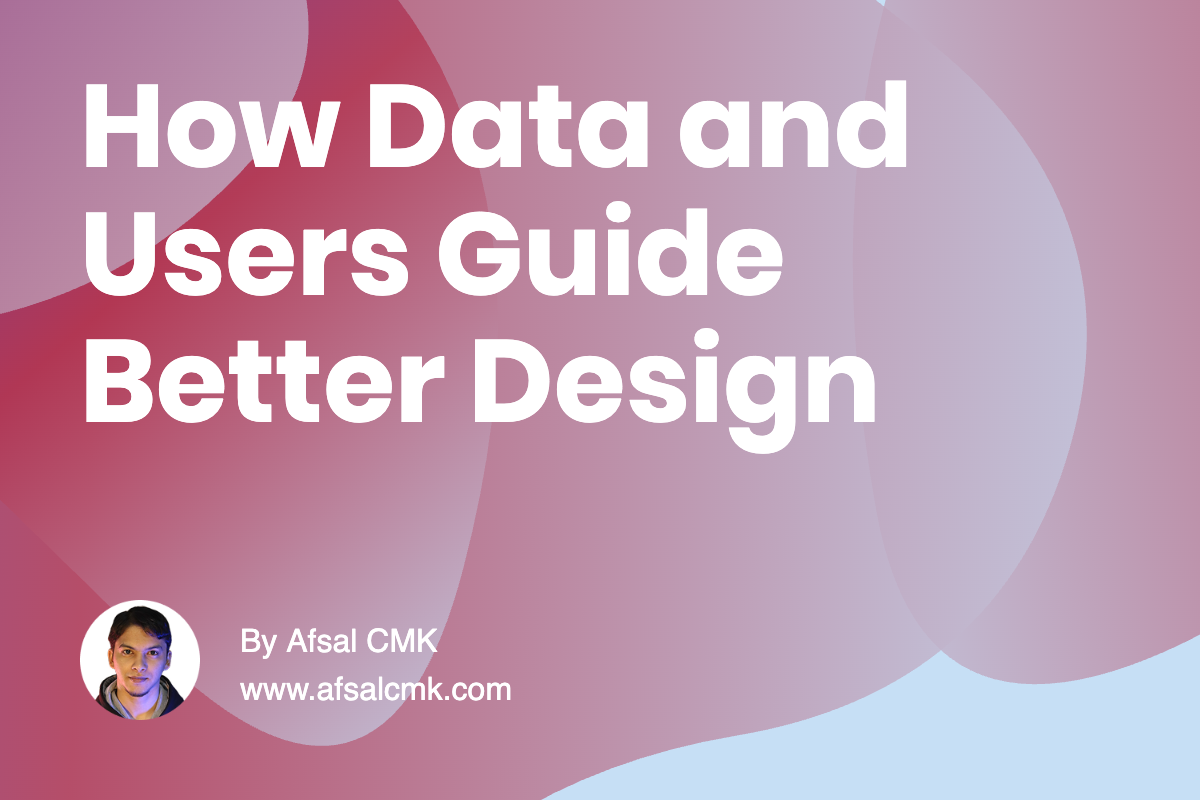
How Data and Users Guide Better Design
Early in my career, I sometimes jumped straight into designing without doing enough research. The result looked polished, but too often it didn’t solve the real problems users were facing. It felt like I was decorating instead of designing. That’s when I realized the value of starting with research and insights-because good design doesn’t come from assumptions, it comes from understanding.
Research in UX isn’t one-size-fits-all. Sometimes it’s user interviews, other times it’s digging into analytics, or even studying what competitors are doing well (or poorly). Each piece of input is like a puzzle piece. Alone, it doesn’t say much. But when you put the pieces together, a bigger picture emerges-patterns, pain points, and opportunities you might not see otherwise.
For example, in one project I assumed users dropped off because onboarding was too long. But the data told a different story-they were confused by the very first step. That single insight changed everything. Instead of redesigning the entire flow, we focused on clarifying the entry point. The result was higher completion rates with far less effort.
Listen to users through interviews and feedbackLook at data for patterns and signalsStudy competitors to spot gaps and strengthsTurn findings into actionable insights, not just reportsThe power of research is that it grounds design decisions. Instead of endless debates or personal opinions, the team can point to evidence. Insights give you confidence that you’re solving the right problem in the right way. They also help win stakeholder trust, because recommendations backed by data and user voices are far harder to dismiss.
Over time, I’ve learned that research isn’t a phase you check off. It’s an ongoing habit. Every round of feedback, every bit of data, every usability test adds to the pool of knowledge. And the more you learn, the sharper your design instincts become. In the end, research and insights don’t just inform design-they transform it from guesswork into purposeful action.